Shadorvan Bridge | Engineering Marvels of Ancient Shushtar
Shadorvan Bridge is a significant historical landmark in Iran, situated in the ancient city of Shushtar. Shushtar is famous for its sophisticated water management system, which dates back centuries and showcases impressive engineering.
As part of this system, the Shadorvan Bridge played an essential role in controlling the flow of the Karun River. In this guide, you'll discover the bridge’s rich history, its architectural features, and the nearby attractions that make Shushtar a fascinating destination for visitors.
Historical Importance of Shadorvan Bridge
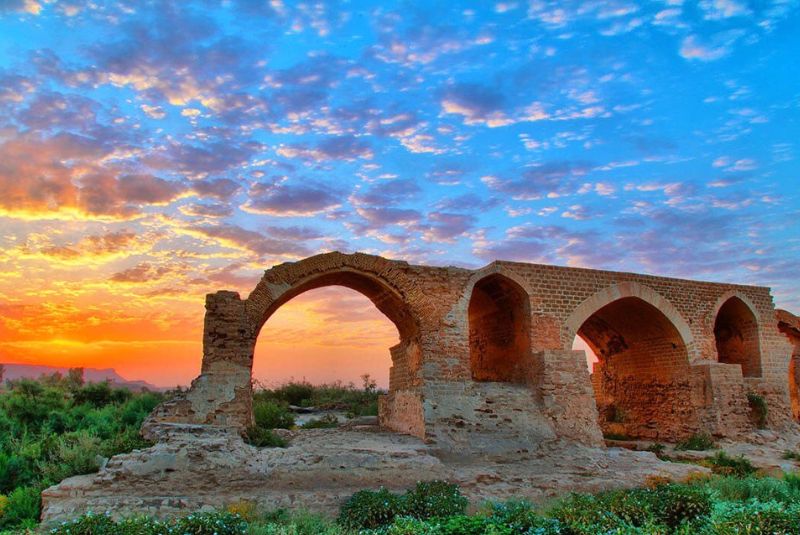
Shadorvan Bridge is a vital part of Shushtar's Caesar's Dam, also known as Band-e Kaisar. This structure was built during the Sassanid era under the reign of Shapur I. Following the defeat of Roman Emperor Valerian, Roman captives were put to work constructing the bridge and dam, combining their engineering skills with Persian knowledge.
The bridge had a dual purpose: it served as both a crossing point over the Karun River and as a dam to regulate water flow. This clever design was crucial to Iran’s ancient water system, which provided irrigation for Shushtar’s fertile lands. The structure not only controlled the river but also distributed water to the city through canals and mills, supporting agriculture and daily life. Its architectural design highlights the strategic importance of managing water resources in the region, making it a key feature of Iran’s engineering heritage.
| Discover more: Qanat - Iran's Ancient Underground Water Channel
Architectural Features of Shadorvan Bridge

Shadorvan Bridge was designed to serve two functions: it acted as both a bridge and a dam. Its structure allowed people to cross the Karun River while also controlling the river's flow for irrigation purposes. The bridge had large stone piers that supported the water flow, with arches between them that let water pass through while stabilizing the current.
Constructed during the Sassanid period, the bridge was primarily built using large stone blocks, bound together with mortar. The engineering techniques combined Roman and Persian methods, reflecting the skills of Roman captives who contributed to the design.
Over the centuries, the bridge has undergone several restoration efforts to preserve its original structure. Modifications have been made to reinforce the piers and arches, ensuring it remains a strong and lasting symbol of Iran's architectural and engineering prowess. These preservation efforts have helped maintain Shadorvan Bridge as a significant historical site, attracting visitors from around the world.
The Role of Shadorvan Bridge in Water Management
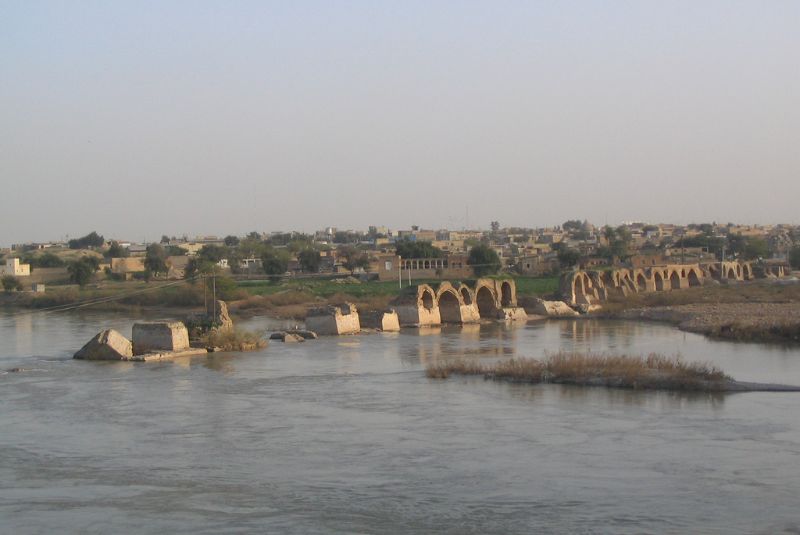
The Band-e Kaisar, which includes the Shadorvan Bridge, was essential to the management of Shushtar's water system. It regulated the flow of the Karun River, ensuring that water was efficiently directed into a complex network of canals and watermills. This system supported local agriculture by providing a steady and controlled water supply, which was critical for irrigating the fertile lands surrounding Shushtar. The hydraulic system, recognized by UNESCO as a World Heritage site, is an example of ancient engineering that combined practical water management with architectural beauty. The collaboration between the bridge, dams, and the waterworks system made Shushtar a thriving agricultural hub in ancient times.
| Also might be interesting: Choqa Zanbil Ziggurat
Shadorvan Bridge's Place in Iranian Culture and Legacy
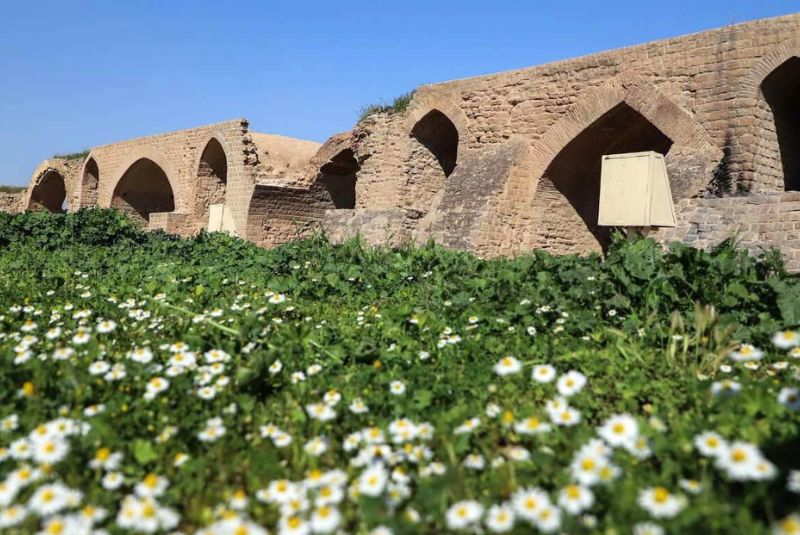
Shadorvan Bridge holds an important place in Iranian culture and history. Local legends suggest that the bridge is a symbol of Persian victory and ingenuity, built by Roman captives under Shapur I’s rule. It represents the blending of different cultures and knowledge, showcasing the genius of ancient Iranian engineering. For centuries, the bridge has stood as a reminder of Shushtar's historical significance, not only for its functional role in irrigation but also for its impact on Persian identity.
Stories about the bridge and dam have been passed down through generations, highlighting how this structure influenced the city’s culture. Shushtar’s success as an agricultural and economic center owes much to the water system centered around Shadorvan Bridge, and its legacy continues to be celebrated as part of Iran's rich cultural heritage.
Visiting Shadorvan Bridge

Visiting Shadorvan Bridge is a rewarding experience for those interested in history and ancient engineering. The bridge is located in the city of Shushtar, which can be easily accessed by road from major cities like Ahvaz. The best time to visit is during the cooler months, from October to April, when the weather is more comfortable for exploring outdoor sites. This period also coincides with the Persian New Year (Nowruz) celebrations in March, making it a lively time to experience local culture.
The site is accessible to tourists, with parking areas nearby and well-maintained walkways leading to the bridge. Visitors can enjoy guided tours offered by local experts, who provide in-depth insights into the history and significance of Shadorvan Bridge and its role in Shushtar’s hydraulic system.
For a more immersive experience, it's recommended to explore the surrounding attractions, such as the Shushtar Historical Hydraulic System and Salasel Castle, which are within walking distance. Amenities like cafes, souvenir shops, and rest areas are available near the site, ensuring a comfortable visit for tourists.
| Read more: Are Iranians Tourist Friendly?
Nearby Attractions in Shushtar
In addition to visiting Shadorvan Bridge, tourists can explore several nearby attractions that offer a deeper understanding of Shushtar’s historical significance. These sites complement the experience of visiting the bridge, creating a well-rounded travel itinerary.
Shushtar Historical Hydraulic System
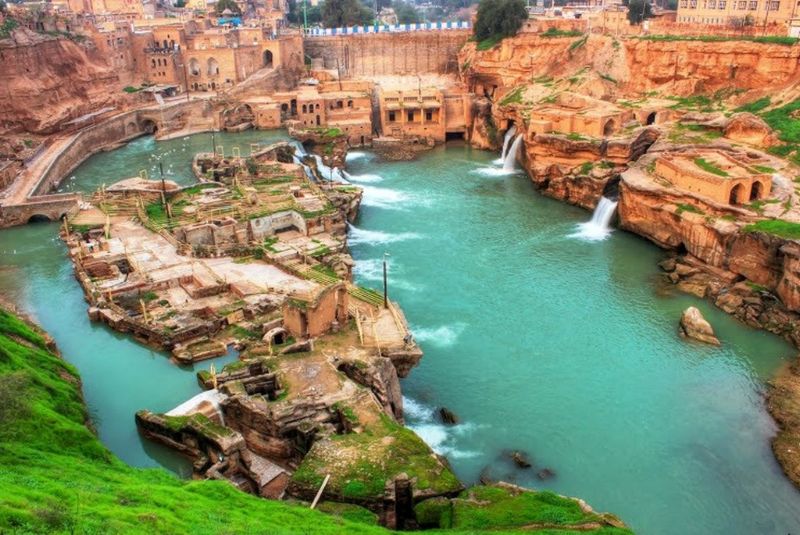
A UNESCO World Heritage Site, this complex is a masterpiece of ancient Iranian engineering. It features a network of watermills, dams, tunnels, and canals that worked in harmony with Shadorvan Bridge to create an efficient water management system. Visitors can walk through the site to witness firsthand how water was directed and used for irrigation and milling.
Salasel Castle

Salasel Castle is an ancient fortress that once controlled the water supply to Shushtar. The castle includes underground chambers and strategic vantage points that offer panoramic views of the city’s hydraulic system. It’s an essential site for understanding the defense and management of Shushtar’s water resources.
Mizan Dam

Another key part of Shushtar’s advanced hydraulic system, Mizan Dam is responsible for diverting water from the Karun River into canals. Exploring this dam gives visitors a closer look at the ancient methods used to control water flow and sustain agriculture in the region.
Mostofi Mansion
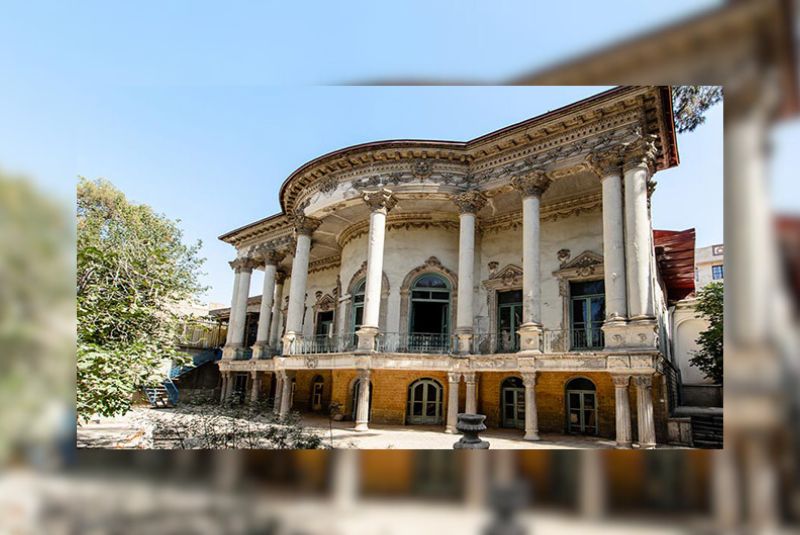
A beautiful relic from the Qajar era, Mostofi Mansion showcases traditional Iranian architecture. Visitors can explore the intricately designed interior, reflecting the luxurious lifestyle of wealthy families in 19th-century Iran. Its well-preserved rooms and courtyards offer a glimpse into the country’s rich cultural heritage.
Jameh Mosque of Shushtar

Dating back to the early Islamic period, the Jameh Mosque of Shushtar is a stunning example of Persian-Islamic architecture. The mosque’s simple yet elegant design provides a peaceful atmosphere, making it a must-visit for those interested in historical religious sites in Iran.
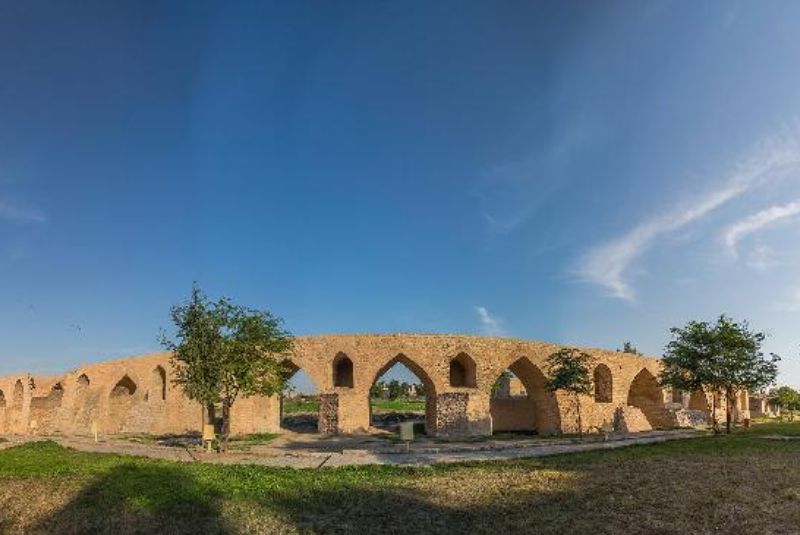
Final Takeaway
Shushtar is a great place to learn about Iran's history and engineering. You can see ancient buildings like the Shadorvan Bridge and the Shushtar Hydraulic System. There are also castles and other historical sites to explore. It's a perfect place for people who are interested in history, architecture, or culture.
Share your story!
Comment below and let us know about your Experience.
Your story inspires others!


Comment
Leave a Comment